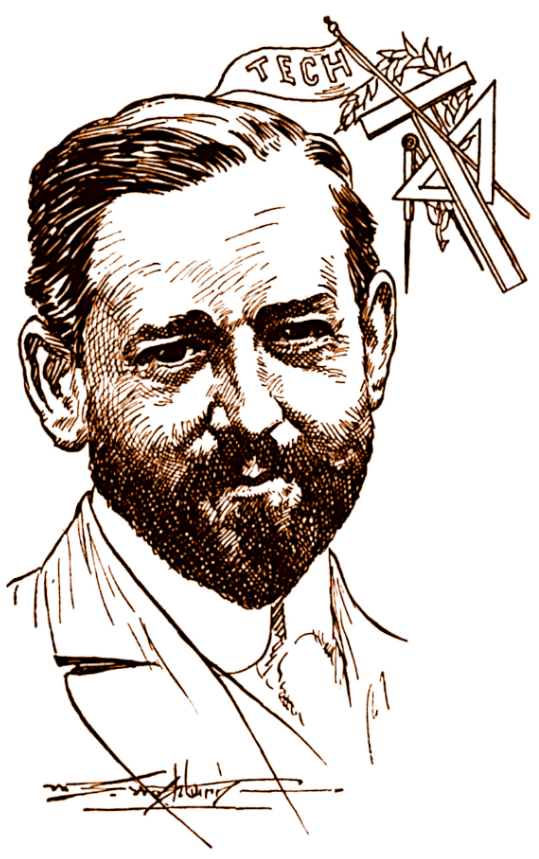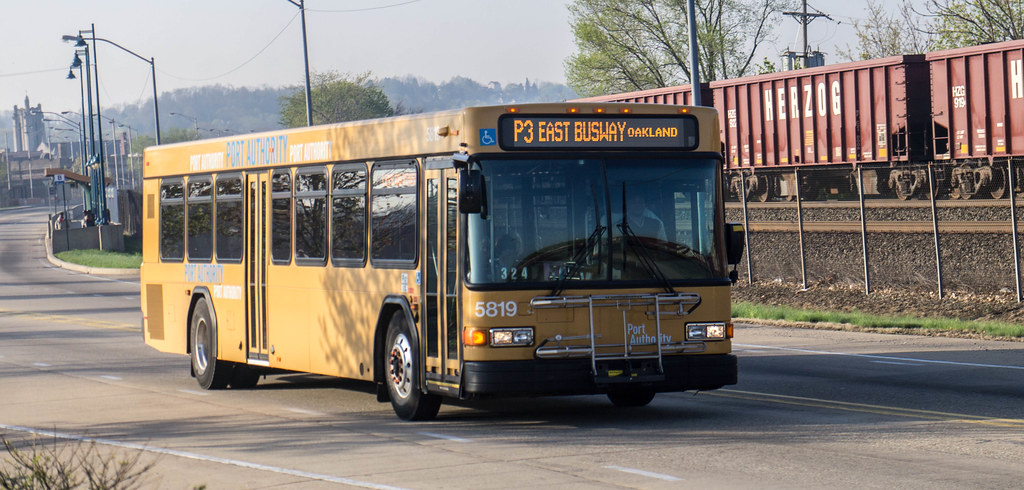
In 1924, the original Skibo Gymnasium opened on the Tech Street hill. Carnegie Mellon’s first basketball game was played in that arena on Feb. 5 of that year against the Pitt Panthers, and for nearly a century, Skibo was Carnegie Mellon’s unairconditioned but beloved home for intercollegiate athletics.
After 100 years, that area of campus is being reimagined as a comprehensive space for fitness and well-being, available to all students. This August, the Highmark Center for Health, Wellness and Athletics will officially open, built into the hill where jazz artist Louis Armstrong once performed.
University planners “wanted to have a place that represented the holistic nature of health and well being” in a way that the disjointed buildings spread across campus don’t, said Maureen Dasey-Morales, associate vice president of community health and well-being.
“A physical presence is a statement that [wellness] is important enough to put resources and dedicate space to and not hide, to make it front and center,” Dasey-Morales said, stressing the importance of wellness via the building’s many features.
“It’s not just a home for athletics,” said Josh Centor, director of athletics, physical education and recreation at Carnegie Mellon. “The building will be a destination for students in the domain of health and wellness.”
The Highmark Center will be a new home for athletics, counseling and psychological services (CaPS), University Health Services (UHS), wellness programs, religious and spiritual life, and Health Promotion.
As time has gone on, Centor said, students have wanted more athletics space. A $35 million lead grant from Highmark Inc. offered the opportunity for a “progressive approach” to meet the university’s growing needs, he said.
“Skibo Gymnasium … had long outgrown its efficiency as a building in the athletics domain,” Centor said. “It was home, it was a special place, and I’m thrilled that we are retaining the historic gymnasium in a new capacity.”
A grander home for athletics
Breaking ground in 2021, construction crews demolished everything on the old site except for the historic Skibo Gymnasium, where the basketball and volleyball teams once competed. That remaining space is being converted to a modified field house, Centor said.
The field house will have turf, strips of track, and two hitting cages in the back, making it a practice space for the softball team and various club teams.
The track and field team will be able to jump, vault, hurdle, and throw in the new space, allowing it to train year-round. Centor anticipates that the space will enable an expansion in Carnegie Mellon’s intramural sports program, allowing more teams to practice at more times of the day.
And importantly, he said, when the new field house opens it will have an HVAC system to bring air into the space — something the old building never had — along with new windows that are able to open remotely.

The Highmark Center will have three main activity spaces: a competitive gymnasium, an auxiliary gymnasium, and the modified field house.
The basketball and volleyball teams will compete in the competitive gymnasium. That arena will seat around 1,000 people and be both a space for practices and games.
In front of the historic gym, an 8,500-square-foot auxiliary gym will have a regulation-size basketball court and six hoops. The space will also be lined with three badminton courts and poles for recreational teams to practice.
The auxiliary gym can also be used to play volleyball, an asset during hosted tournaments where three matches are played at once. In the current sporting arrangement, during October and November when both basketball and volleyball are in season, the teams have to “stack practices,” holding one after the other instead of at the same time, Centor said. When teams played in Skibo, the last practice was typically done around 9:30 or 10 p.m.
“The proliferation of night classes means that a lot of time when we have to stack practices, we don’t have our full teams because our students go to class,” Center said.
With the undergraduate moratorium, he said, teams can have mostly full rosters to do the work they need to do. But facilities haven’t matched the number of teams that need to practice.
“We have two fields, but we have two soccer teams and a football team. They can’t all practice during the moratorium,” he said. “It just doesn’t work.”
Both pre-construction and with Wiegand, there has only been one suitable gym for basketball, and both teams cannot practice simultaneously. Instead, teams rotate through that spot.
With a new home for athletics, everybody will have a spot to use, Centor said.

The athletics department will be able to program all three gyms during the undergraduate moratorium when needed, and then “everything will open up for intramurals and club sports and recreation.”
That model — allowing men’s and women’s varsity teams to practice from 5 p.m. to 7 p.m. — would fulfill the athletics department’s ambition for the Highmark Center to be a destination for non-varsity athletes as well.
“Yes, varsity athletics will have a primary focus in the building,” Centor said, but if “both teams are done at 7:00, that would mean that we might program one gym for intramurals and another one for open recreation and then program Wiegand Gym [in the CUC] for something else or leave that open.”
Wiegand Gym is currently in use as a temporary solution for athletics while the new Center is built. The tent outside Donner House has also served as the varsity weight room.
“We had almost 30 full-time staff members that called that building home,” Centor said of Skibo, many of whom will move back in when the project is finished. “We figured out each of the pieces of the program and what we needed to do to make it through construction as best we could.”
Starting as soon as July, administrators, coaches, and staff will begin returning to the completed Center before it opens campus-wide in August.
The physical education program is also expected to grow, with a turf available all winter opening new possibilities. “If there’s more demand for PE basketball, we’ll be able to offer more classes because we have more gyms and amenities,” Centor said.
The building will also have a space for Carnegie Mellon’s leading golf teams. The men’s team won the national championship in spring 2023, and the women’s team has been at the top four the last three years, Centor said.
Both teams will have access to three golf simulators, three practice bays, and a space where they can chip and putt, allowing them to train more efficiently without having to go to the golf course every time.
The Highmark Center will also have a permanent varsity weight room, sports medicine space, and team locker rooms.
“There will be so many more spaces for students to be active,” Centor said. “There will be way more opportunities throughout for students to either do structured recreation or to just play catch.”
A new space for health and wellness
Campus administrators had several goals while designing the Highmark Center: ease of access, collaboration, and a sense of community.
One goal was to create a space that fosters what Dasey-Morales calls “creative collisions” between all the occupants of the building, with hallways and break rooms designed to create interactions across all the different offices and services housed in the Highmark Center.
“Patients, students are served better when all the people that are serving them get along together and talk frequently and communicate and form relationships that create wraparound care,” Dasey-Morales said.
The building’s design aims to facilitate collaboration with staff from multiple offices planning and functioning together, instead of being siloed.
“We could have put a kitchen and a break room into each area,” Dasey-Morales said. “We deliberately did not. We have one break room for all the staff in the building, and one kitchen. … We want people to sit together and commune together and spend time together and be able to have those collaborative relationships so they can create programs and services together.”
Entering the building there are grand staircases and elevators leading to the Highmark Center’s four floors, as well as “behind the scenes staircases that lead directly from CaPS to Health Services, and back,” Dasey-Morales said. Those behind-the-scenes connections allow visitors to travel between areas quickly and discreetly. She said some students using services like CaPS may want to do so privately.
Dasey-Morales is also hoping that students who visit the building “discover things about well-being that they might not have thought of” because of its interconnected design.
A student seeking care for strep throat might see a program on gratitude, for example, while they’re there, she said, introducing them to new wellness services.
With many of the university’s wellness services combined in one location, Dasey-Morales said she hopes students will interact with health “in a holistic way.”
The CaPS offices are currently located on the second floor of Morewood Gardens, “kind of tucked, literally behind in the back of a building,” Dasey-Morales said. In its new location on the fourth floor of the Highmark Center, CaPS will be out in the open and available, while maintaining private accessways should students prefer them.

Walking into the ground floor of the new building from the Margaret Morrison and Tech Street corner entrance, the first space visitors will see is a large, window-filled room called the Wellbeing Lab.
The Lab will serve a similar purpose as the mindfulness room in West Wing for quiet meditation, with more active wellness programs. The space might house such activities as “a Japanese tea ceremony, an art program, or a music program,” Dasey-Morales said. “It might be watching a funny movie as part of well-being.”
As they enter, students will be greeted by Peer Health Advocates at a concierge desk, where they can learn about programs in the building and get directions to the services offered.
The ground floor will also have a circular prayer room, a wood-walled worship, restorative practice, programming, and meeting space. There will be office space for Carnegie Mellon’s Council of Religious Advisors, wellness director Angie Lusk, newly-hired religious and spiritual life coordinator Jennifer McCurry, and two massage therapy rooms.
“I’m pretty excited about that,” Dasey-Morales said of the massage rooms. “We’re also hoping after we open to not just have massage therapy, but to have some acupuncture services, some reiki services, some different kinds of adjunctive medicine services there.”
The second floor will have the athletics spaces, shared break room, and meeting rooms for community health classes. Well-being and religious-focused student organizations can also hold meetings in those rooms.

appointments, from crisis services to psychiatry, as well as a wellness garden.
The third floor will be the new home for UHS, which is moving out of its Morewood Gardens location. A juice bar will sit on that floor as well. The fourth floor will house CaPS and health promotion, the public health wing of UHS.
“About half of CaPS will move over to the new building,” Dasey-Morales said, “the crisis services, the triage services, consultation, psychiatry, outreach services, any kind of first time appointment” will be in the Highmark Center.
The remainder of CaPS will move into temporary shift space while the first floor of Morewood Gardens, currently occupied by UHS, is renovated, “made to be the same look and feel that the new building has,” but more for therapy and group-based sessions.
A concession stand above the main gym will operate during games and become a demonstration kitchen at other times, with two dietitians teaching nutrition and cooking. Some ingredients for the kitchen will come straight from an in-house wellness garden, Dasey-Morales said.
“You can see into one [garden] from the third floor, but you can walk into another one on the fourth floor,” she said. “We’re going to be planting an herb garden there where students can garden and we’ll be able to use those plants and herbs for the cooking demonstrations.” It can also serve as a pathway for walking meditations, Dasey-Morales said.
The Highmark Center’s adjacency to Schenley Park is one of the reasons its location was picked, Dasey-Morales said. “The hope is that we can have programs in the park, [such as] ecological psychology programs. We can do a lot of meditation programs, good-for-the-soul programs” that encourage getting out and exploring nature.
“We don’t really as a campus community use that space enough,” she said. “It’s just a nice place to settle for a little bit.
Spiritual spaces for holistic wellness
Dasey-Morales said few students may know about the religious and spiritual life aspect of wellness at Carnegie Mellon, something she’s working to change.
The office of community health and well-being hired Jennifer McCurry last winter to facilitate spiritual initiatives across the university, working with the Council of Religious Advisors — an association of over 20 faith communities in Pittsburgh — as well as liaising with religion-based student organizations.
“They’ll do some religious or spiritual advising for students that want that,” Dasey-Morales said. “And it’s not just necessarily about organized religion, it’s about making meaning, finding purpose, living a life of values, and really addressing that part of well being.” Spaces for spiritual programming will expand next year.
Overall, the Highmark Center is intended as “a destination place,” Dasey-Morales said, “a place where people feel that they want to go” and spend time, without the pressures of school weighing on them.
“We didn’t want it to be another workspace or study space,” she said. “It’s actually important that it’s not.” With amenities from a juice bar to a year-round turf field, she and Centor hope students will utilize every opportunity available to them.






Leave a Reply